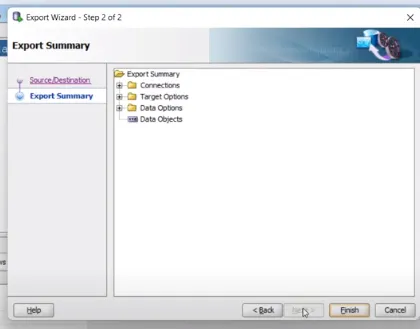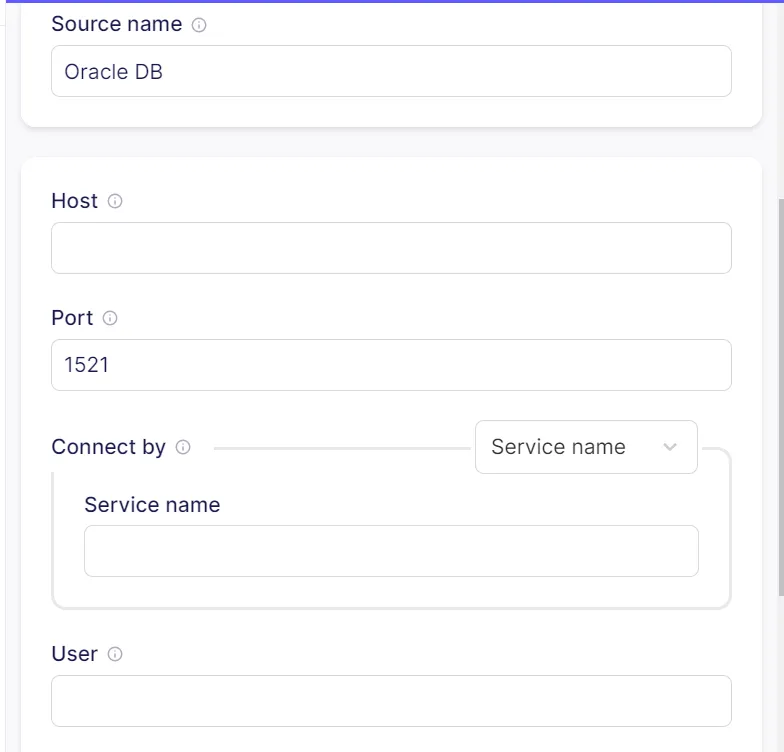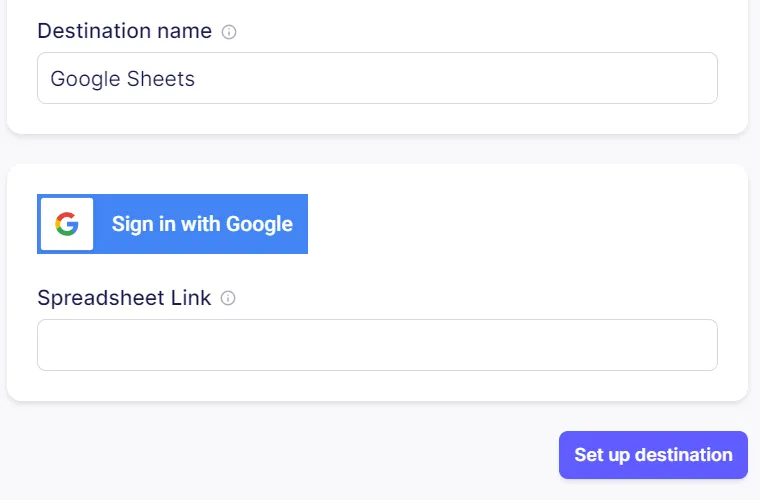New: Check out the Airbyte 2.0 release
This guide provides you with the knowledge of popular and straightforward methods for Oracle SQL developer export to Excel and CSV with some best practices.
Summarize this article with:
If you're working with Oracle SQL Developer and need to export query results to Excel, this guide walks you through each step with screenshots.
The ability to export data from databases to user-friendly formats like Excel and CSV plays a vital role in data analysis, reporting, and sharing. Especially if you use a popular development tool like Oracle SQL Developer for Oracle databases, it offers several robust methods for achieving this export functionality. This guide will comprehensively cover some of the common techniques to export from Oracle SQL developer to Excel and CSV, along with recommended best practices.

SQL Developer is a free, integrated development environment (IDE) specifically designed for working with Oracle databases. It offers a comprehensive suite of tools for interacting with Oracle databases, including:
SQL Development: You can write, edit, and execute Structured Query Language (SQL) statements to create, read, update, and delete data within the database, and sql developer export query results to excel for further analysis and reporting.
Schema Browsing and Management: It lets you explore and manage database schema objects like tables, views, functions, and procedures. This feature provides a comprehensive overview of your data structure and enables you to easily organize, modify, and maintain its integrity.
Data Visualization: You can utilize built-in visualization tools to create various charts and graphs, facilitating data exploration and analysis. This functionality helps you transform raw data into visual representations, uncovering trends, patterns, and relationships for more informed decision-making.
Debugging and Performance Analysis: Troubleshoot code and analyze database performance to optimize queries and identify bottlenecks. This feature empowers you to pinpoint and resolve issues affecting your queries, ensuring efficient data retrieval and optimal database operation.
Version Control and Collaboration: It allows you to quickly integrate with version control systems and collaborate with other users on database development projects. This functionality streamlines teamwork, facilitates tracking changes, and maintains a clear history of modifications for future reference.
Microsoft Excel is a spreadsheet application widely used for data organization, analysis, and visualization. It allows you to store data in rows and columns, perform calculations using formulas, and create charts and graphs for presenting information.
While CSV stands for Comma-Separated Values, it is a plain text file format. Here, the data is stored in rows, with each value separated by a comma and each row terminated by a line break. It offers you a simple and universal way to exchange data between different applications.
Some uses of Excel and CSV include:
Data Storage: Both Excel and CSV can store data in a structured format, making it easy to organize and manage information.
Data Analysis: Excel allows you to do basic data analysis through its built-in formulas and functions. You can calculate average, sum, and perform more complex analyses with additional add-ins. CSV files are typically used for importing data into analytical tools for further processing.
Data Sharing: Both formats are widely supported by different applications, making it easy for you to share data between colleagues, partners, and other systems. CSV files are particularly suited for data exchange because they are lightweight and text-based.
Data Visualization: Excel provides various tools for creating charts and graphs, enabling you to visualize trends and patterns in their data. CSV files, on the other hand, require importing into specialized visualization tools for this purpose.
Extracting and transferring information from databases becomes vital when you work with data and is required for data analysis. This process is termed exporting; it serves as a bridge to enable data to be shared and analyzed effectively outside the database environment. Standard export formats like Excel and CSV provide user-friendly accessibility, facilitating in-depth analysis, reporting, and collaboration.
There are various methods to export from Oracle SQL developer to Excel. Some are explained below:
The Export Wizard in Oracle SQL Developer provides a comprehensive step-by-step approach to exporting data, offering more control and customization than direct methods:
Prerequisites:
Steps involved in exporting SQL Developer to Excel Using Export Wizard:
Write a query that retrieves the specific data you want to export. Here are some examples:

In the Source tab, select the data to export:

With this, you will have successfully exported data from SQL developer to your system in Excel format.

SQL Developer doesn't directly utilize PL/SQL scripts to export data. PL/SQL is a procedural language typically used within the Oracle database server for managing and manipulating data, not within the SQL Developer application.
However, you can utilize PL/SQL scripts alongside other tools or methods for exporting data from your Oracle database:
Both the Export Wizard and PL scripting offer ways to export data from SQL Developer, but each has limitations. The Wizard's simplicity restricts complex transformations and file formats, while PL scripting requires coding expertise and carries potential errors and security risks. Instead, you can opt out for a simpler and more straightforward option, Airbyte. This platform simplifies Oracle DB to Google Sheets transfers, eliminates scripting, empowers complex data manipulation, supports diverse file formats, and prioritizes data security.
Airbyte offers an alternative to traditional methods for exporting data from SQL Developer to Excel. Here’s how:
Prerequisites:




For a better understanding of the Airbyte connectors, you can refer to the links below:
Exporting data from your SQL Developer environment to Excel or CSV formats is seemingly straightforward. However, optimizing your export process can significantly enhance its efficiency and ensure data security. Here are five best practices to guide you toward smooth, secure, and user-friendly data exports:
While three easy ways might imply simplicity, truly efficient Oracle SQL Developer export to Excel & CSV requires understanding along with best practices. This guide has equipped you with the foundation, from choosing the suitable method based on your needs to optimizing for Excel/CSV compatibility and prioritizing data security. We recommend using Airbyte. By choosing it, you gain a better export experience with more power and flexibility in managing your data flow from Oracle to Google Sheets.
💡Suggested Read: Aggregation with SQL
Download our free guide and discover the best approach for your needs, whether it's building your ELT solution in-house or opting for Airbyte Open Source or Airbyte Cloud.
